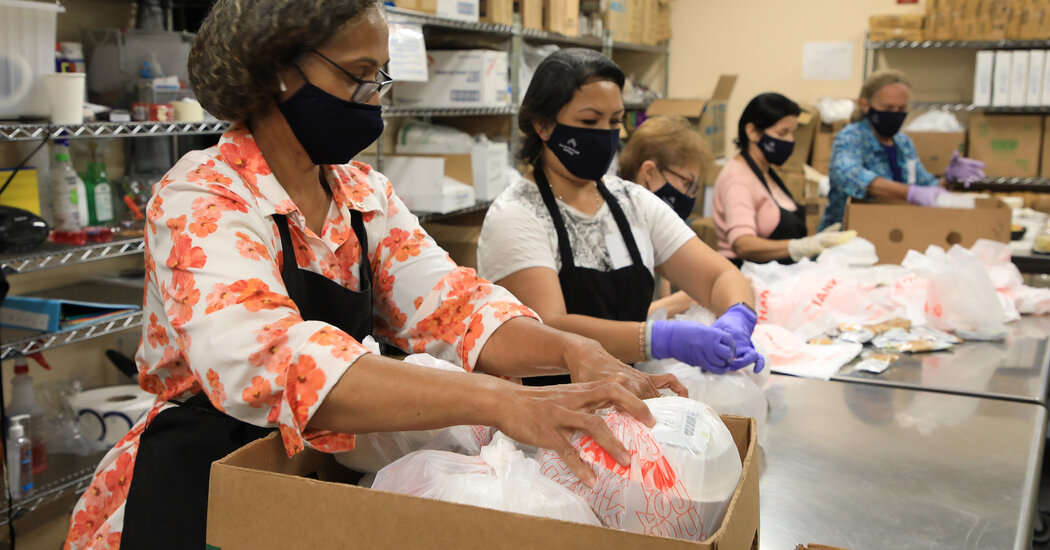While food insecurity fell overall, it rose among households with children — to 7.6 percent last year, from 6.5 percent in 2019. One likely explana
While food insecurity fell overall, it rose among households with children — to 7.6 percent last year, from 6.5 percent in 2019. One likely explanation is the widespread closure of schools, a reminder that they play a large, if often overlooked, role in delivering food aid.
Before the pandemic, Judith Bartfeld, a researcher at the University of Wisconsin, found that school meals account for as much as 7 percent of economic resources among low-income households. That financial contribution approached the impact of the Supplemental Nutrition Assistance Program, or SNAP, the main federal antihunger program, which provided more than 10 percent of household resources but is larger and more visible.
“One of the big lessons from the pandemic is the critical role that school meals play as part of the nutrition safety net,” Ms. Bartfeld said. “The value of school meals became transparent when the meals disappeared.”
School closures may have also increased food hardship indirectly, by making it hard for parents to return to work.
Among the pandemic-era programs is one that replaced the value of lost school meals with electronic benefit cards. Research found it reduced food hardship, though many states issued the aid after significant delays. Congress extended the program during the summers of 2020 and 2021, and the Biden administration wants to make the summer electronic benefit program permanent, to combat the rise in hunger that typically comes with the closure of schools.
Most states participated in the summer program this year with the significant exception of Florida, where Gov. Ron DeSantis, a Republican, has declined to seek the $820 million the state could receive in federal aid.
The gaps between Black and white Americans are large.
The longstanding disparities in food insecurity between Black and white households had been narrowing in recent years. But last year, they widened again. Though the share of white households suffering food insecurity fell by 0.8 percentage points, it rose by 1.6 points in Hispanic households and by 2.6 points in Black households.
www.nytimes.com
